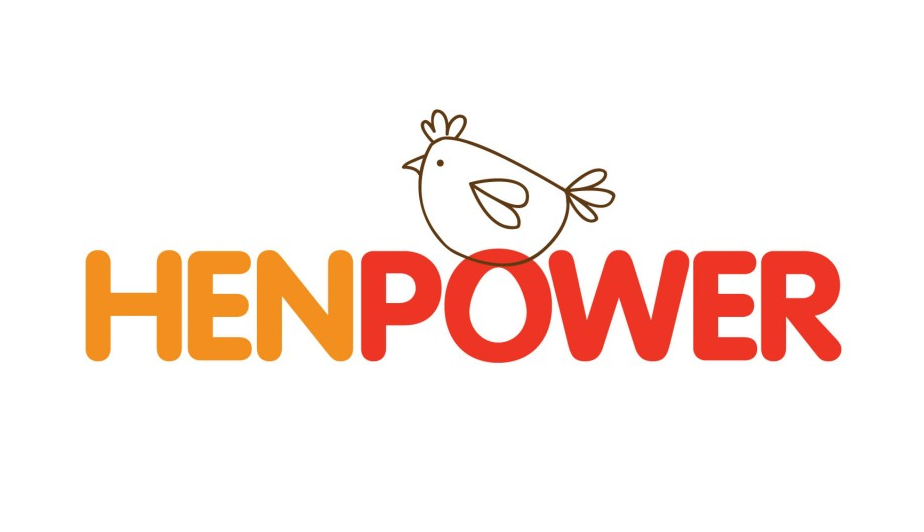Bird breeders have known for many decades that eggs can be cooled for limited periods of time during incubation without causing problems but recent research has shown that hatch rates can actually increase significantly as a result of cooling.
To read the full research paper click here.
Cooling is an entirely natural process as most birds will get off the nest at least once a day and leave the eggs unheated for a significant time. From Brinsea's 40 year experience, the best hatch rates are always achieved when the incubator can best mimic the natural nest conditions. For this reason Brinsea have incorporated a cooling option in all of their Advance models of egg incubators since 2012.
Based on the results of the research paper above the user of an Ovation 28 Advance could expect one additional egg to hatch on average.
Brinsea's cooling feature turns the incubator's heater and low temperature alarm off for a selectable period but keeps the fan running. After the cooling period is complete the incubator reverts to normal temperature and the alarm is automatically reset. The cooling function is optional and the user can select cooling periods of 60, 120, 180, 240, 300 and 360 minutes with fixed 24 hour intervals. The default setting is that cooling is set to off. This function applies to the Advance and EX versions of the Mini II, Maxi II, Ovation 28, Ovation 56, OvaEasy 100, 190, 380 & 580 incubators. The cooling feature can also be found on the older Brinsea models of the Advance and EX versions of the Mini, Octagon 20, Octagon 40, OvaEasy 190 and OvaEasy 380 models.
Brinsea have assessed the available research and recommend that smaller poultry, waterfowl and game bird eggs are cooled for 2 hours each day and larger eggs (e.g. duck and goose) are cooled for 3 hours each day from day 7 through to 2 days before they are due to hatch (the same point that automatic turning would normally be turned off). Cooling is not recommended for parrots and birds of prey because the results of cooling for these species haven't yet been established. This cooling feature is an option which can be enabled to improve your hatch rates.
Further reading on the effects of periodic cooling of incubating eggs can be found here:
Dr Joseph Batty 'Artificial Incubation and Rearing' 1994. p103.
'…there is no doubt that the natural cooling given by the hen when she leaves the nest for feeding does result in very strong chicks' 'In the small incubator the cooling given when eggs are being turned or candled should be beneficial'
F. Bogenfurst, Pannon University of Agriculture, Hungary. 1997. Experiment showed the increase in hatch rate of geese eggs with periodic cooling. Concluded 'Incubation results improved with periodic cooling'.
Food and Agriculture Organization of the United Nations, 'Goose Production' by Roger Buckland and Gérard Guy, 'The eggs should be cooled each day during incubation by opening the doors of the setters for 15 minutes from days 4-27' - Chapter 8.





